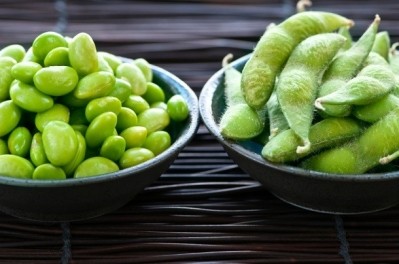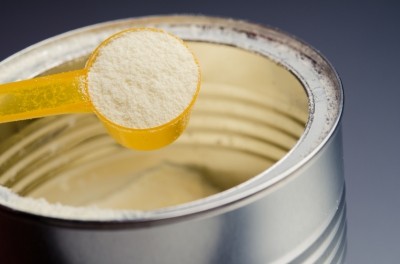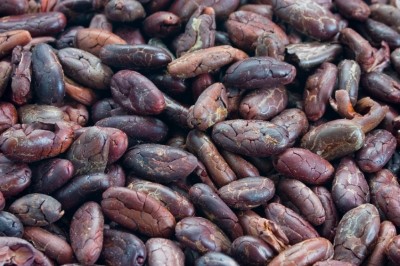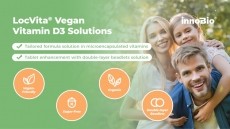Nestlé files patent for kids’ ‘protein balance’

The inventors propose that the administration of a specific dose of high quality whey proteins and casein proteins and/or soy-based proteins was effective for restoring and/or maintaining a positive net protein balance in children, especially after exercise.
The patent application sprung from experiments which showed protein-containing drinks such as Lo-PRO and Hi-PRO, in particular Hi-PRO, affect favourably net protein balance over 24 hours.
Nestlé said the formulation could incorporate vitamins and minerals and other nutrients like lactoferrin, nucleotides, nucleosides, gangliosides and polyamines, depending on population targets.
Formulations were proposed in powder, tablet, capsule, pastille or liquid forms.
Dr Elizabeth Offord from the Nestlé Research Center in Switzerland, told NutraIngredients that if Nestlé is granted the patent it would be used in different markets worldwide.
“We will use this patent to provide exclusivity on products that address protein balance in children, in different markets worldwide. The patent application is now under review by the patent office. It can take four or five years before a decision is made, but we hope it will be sooner than this.”
Individual nutritional solutions
Nestlé said there is a need to ensure that the best adequate individual nutritional solutions are made available to children, in order to help their muscles replenish and rebuild after physical exercise for healthy growth and development.
Its composition of synthetic proteins is administered in a dose of about 0.10 grams to about 0.55 grams per kilogram of body mass of the child.
Doses of the composition could be administered at breakfast time, before or after sleeping or after physical exercise.
The dosage did not exceed the recommended amounts according to current guidelines such as the recommendations of the World Health Organization (WHO), taking into consideration the age of the child and overall protein intakes.
















